Shark bala (balu): features, content and compatibility
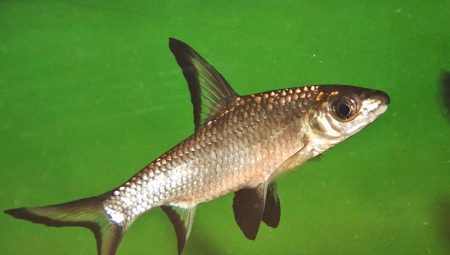
Every year the keeping and breeding of fish is becoming more and more popular. Aquarists who have been engaged in this activity for a long time are often not surprised with ordinary fish, now non-standard, unique individuals are in fashion. These can rightfully be attributed to the shark ball - a fish whose appearance does not match at all with character.
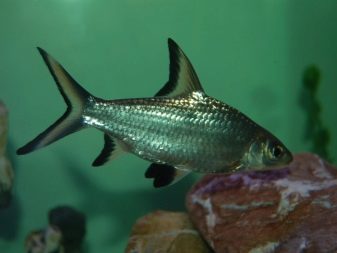

Description
Shark balu also has the name ball or barbus, it belongs to the carp family. This unusual fish was discovered by Peter Blecker, a Dutch scientist. Balu habitats are water basins of Asia, Sumatra, Malacca Peninsula. Unfortunately, the fish population is constantly decreasing, the barb is considered an endangered species today. The reasons for this phenomenon have not yet been clarified, but there are suggestions that dirty water and human activities in these regions are to blame.
Individuals intended for sale are artificially bred. They are supplied from Thailand and Indonesia. Fish live in all water levels, and the basis of their nutrition is insects and their larvae, various algae, small crustaceans.
An adult fish that lives in its natural environment reaches about 40 cm in length, but aquarium fish will not be more than 25-30 cm. The body of the fish is oblong, slender, there is a fin on the back, which immediately evokes associations with a shark. The body, as a rule, is silvery, the top color is darker, the bottom turns into yellowish.
The scales on the body are tightly pressed against each other, shimmer. The mouth and eyes of the aquarium shark are large in order to track down and absorb food faster.The fish moves quickly, so it will definitely need large bodies of water. They live the ball for quite a long time - an average of 10 years.

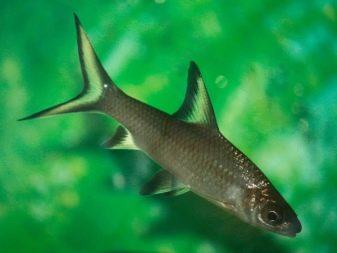
Fish behavior
Most of the newcomers who first heard the name "shark balu" mistakenly believe that since "shark", then the fish must be predatory, angry and very difficult to keep. Fortunately, all this is far from reality, and the only thing that unites the aquarium ball and the formidable sea predator is the shape of the fin. The rest of the shark barb is an incredibly peaceful and calm fish that does not perceive everything moving for food.
However, it is important to note that fish of this species are very cowardly. For them, living in an aquarium can be excruciating, since aquatic creatures are used to living in freedom, where there are large spaces. In addition, the fish themselves are rather big.
There are many cases known when those frightened by the ball hid and did not appear from hiding for days, or even beat against the glass of the aquarium, bringing themselves to death.
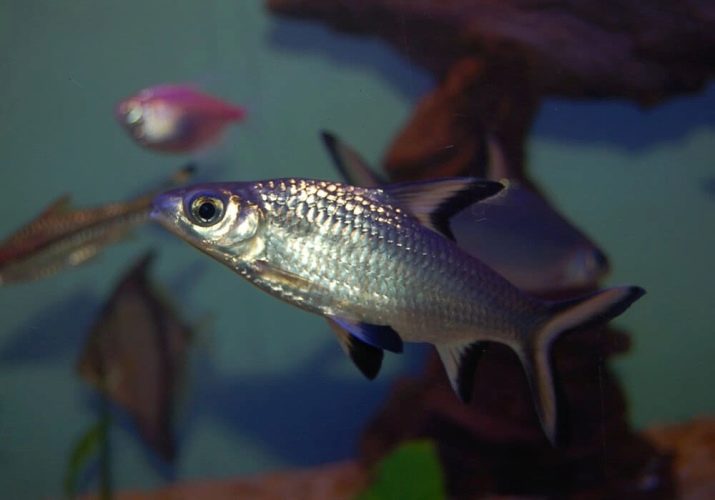
It will take several weeks to properly adapt these pets. At this time, fish should not be provoked: any loud sound, shout, knock on glass will cause genuine horror of the aquarium inhabitants. In addition, you will have to take care of the lighting - the fish are very frightened by sudden flashes. Another feature of the shark ball character is the love of jumping. You need to prepare for the fact that these fish will jump, and very often. That's why The aquarium should always be kept covered.
Barbs are schooling fish, for their harmonious development they definitely need neighbors. Typically, aquarists purchase from 5 to 7 individuals, which form a flock with a strict order.
At the head of such a "family" are the strongest and hardiest fish, the smaller fish obey the leaders unquestioningly. Buying just one barbus, you will condemn it to constant stress.
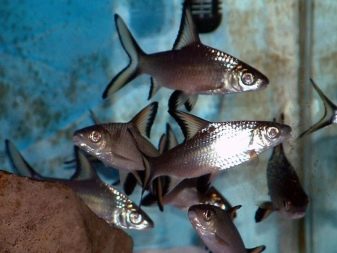
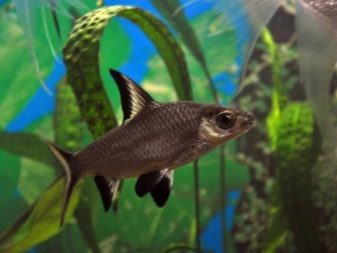
Compatibility
Balu aquariums are peaceful and positive fish, so it is very easy to find neighbors for them. The main thing is to choose those species that will suit the fish well in temperament, since the balls are quite active. If you put calm, melancholic fish in the neighbors, their such activity will be annoying. Little sharks get along best with their own kind, as well as with other nimble fish: rainbows, swordsmen, cardinals, gourami, big rasbora, corridors. Catfish will become a good "roommate" - he will clean the aquarium without disturbing the fish.
As for small fish such as guppies, neonchiki, zebrafish, they will be good neighbors for the ball only until they grow out of size in the ball. Further, the barbs will no longer be able to distinguish them from their usual food. Moreover, for shark balu is not recommended to acquire predatory fish such as cichlids, goldfish, piranhas.
It is not a fact that the predator will eat or harm, but it will attack constantly, and under conditions of endless stress and the need to protect itself, the health of the ball will be undermined.
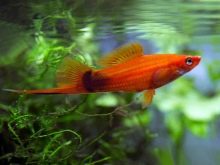
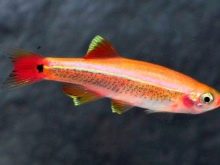
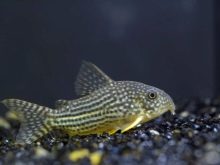
Growing conditions
Shark balu usually do not cause any special difficulties in content, but only if all conditions are selected taking into account their needs. Consider what you need to comfortably keep small sharks.
- Aquarium. This is, of course, the main point. Since the fish are large in size, 5 fish will need at least 300 liters of water. If there are more fish, the volume will have to be increased. No less important is the shape, which must be rectangular. The length of the water tank is at least 1.5 meters. And also do not forget about the presence of a cover. Aquarium filters will need powerful ones that create strong currents. It is these currents that fish overcome in nature.
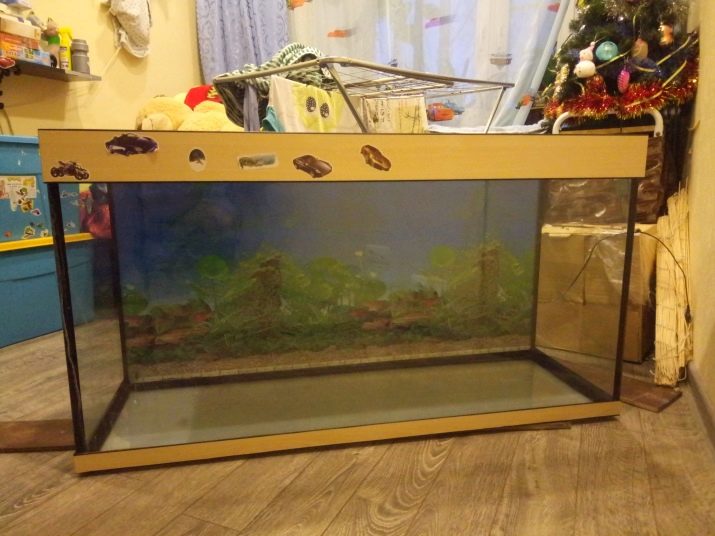
- Water parameters. The liquid in which the barbs will live must be clean. It is better to make the acidity neutral, in the range of 6-8 pH. Temperature - not less than +22, but not more than +28 degrees Celsius.The hardness index is quite wide - from 5 to 12. A quarter of the water is renewed once a week.

- Scenery. Barbs do not have special requirements for plants, but it is better to prefer live ones, since they will produce the oxygen needed by the fish. Pick up plants with dense, sturdy stems, otherwise active pets will constantly crush the greenery, rushing around the entire perimeter of the tank. Javanese fern, different types of mosses, elodea, cryptocoryne will be an excellent choice. At the bottom, you can put a few snags, pebbles, make artificial grottoes or waterfalls.
But you should not be too zealous with decor and plantings - such fish value space more.
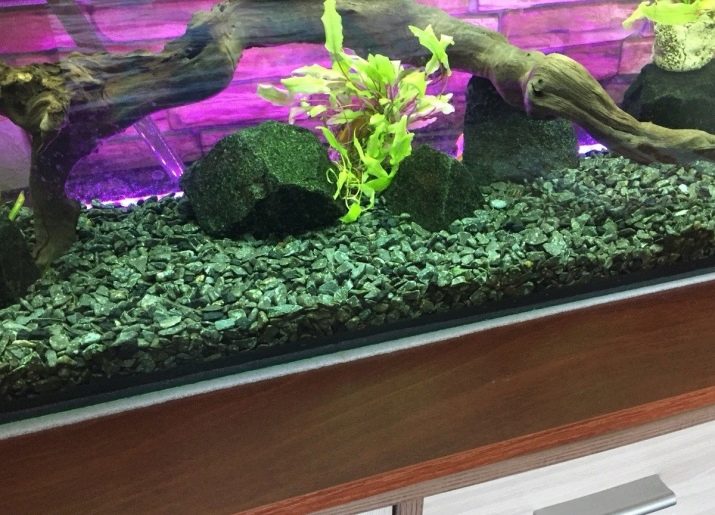
- Priming. Domestic sharks usually pay a minimum of attention to the ground, they are not inclined to dig and pick up food from the floor, only in rare cases. Therefore, you can choose the soil to your taste, the best option is small pebbles. In addition, many aquarists use dark colored soil on the bottom to effectively beat the sparkling fish scales.

- Light. Balu sharks belong to those types of fish that do not perceive excessive brightness well. Therefore, the lighting should be good, but diffused. An excellent solution would be natural sunlight penetrating the plants. And you can also put soft phytolamps.
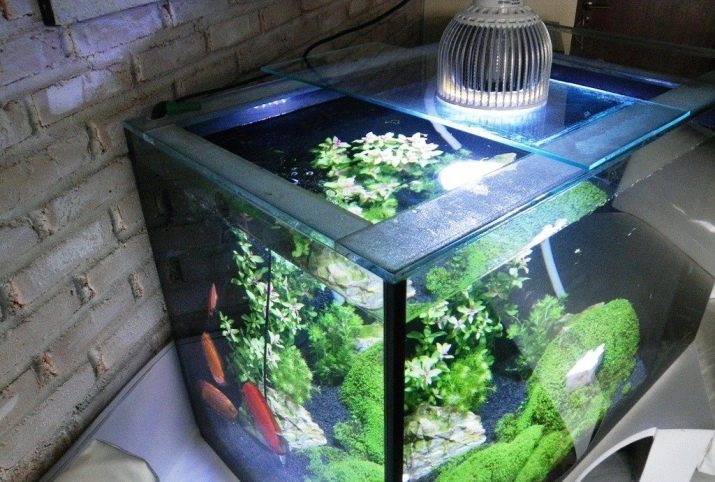
If you adhere to these rules of maintenance and care, then the barbs will feel good and will delight the owners with a long lifespan.
Correct feeding
For many aquarists who are familiar with different types of fish, it will not come as a surprise how much barbs love to eat. These fish are ready to eat day and night, but you cannot overfeed them. The food of the shark ball should have several components.
- Vegetable food. Fish are very fond of chopped spinach, lettuce, zucchini, green peas. They are just as supportive of spirulina. The content of plant feed should be no more than 10% of the total diet.
- Live and dry food. Many owners prefer to feed the fish with dry mixtures, here Tetra has proven itself well, this composition contains the substances necessary for the fish. But live food must also be present in the diet of barbs. A good option would be daphnia, pieces of earthworms, insect larvae, shrimp. But you should not give bloodworms - barbs hardly digest it.
Fish are fed in small portions, about three times a day. It is important to choose food that will descend to the bottom slowly, as balu is eaten in the middle layers of water. If the pets have not eaten the proposed food within two minutes, the leftovers are immediately removed so that the water always remains clean.
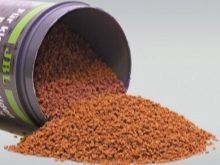

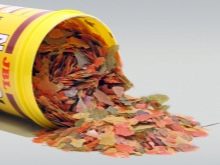
Sex differences and reproduction
Breeding shark balu at home is a difficult task even for a professional aquarist. There are several difficulties here:
- fish are reluctant to spawn, on farms they are stimulated with hormones for this;
- both partners must be at least four years old;
- the length of the parents is not less than 35 cm;
- a separate aquarium is needed, the capacity of which will be about 1.5 tons, which will require a huge amount of money.
But if you have already weighed all the pros and cons, and still decided to try to reproduce the ball at home, you need to know all the features of this process. And first of all, the gender characteristics of fish.
Immediately, we note that before the fish reach the age of two years, it will be almost impossible to do this. In the future, comparison of sizes will help to distinguish the female from the male. Females are larger, they are round, while males are similar in physique to small torpedoes. The differences are especially clearly visible only during the spawning period, the rest of the time it will be quite difficult to disassemble the floor.
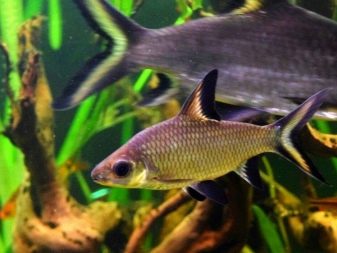
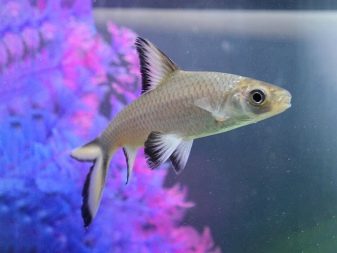
When the pair has already been selected, you can start the process itself.
- Arrangement of the spawning grounds. The spawning barb mating is a container 2 meters wide and 60 cm deep. The amount of water is 1.5 tons.The liquid must be absolutely clean, in addition, filters must be installed to ensure the flow. Javanese moss is placed at the bottom of the tank, which will become the first home for eggs.
- Launching fish. The water is cooled a few degrees from the usual fish, and the parents are allowed inside. Important: a couple of days before the process, the male is fed intensively with food containing protein, while the female receives plant components.
- Spawning. The fish spawn for about a day, during which time the female will lay about 10 thousand eggs. As soon as the spawning process comes to an end, the parents need to be released into the general aquarium, and methylene blue should be added to the liquid in the spawning box. This remedy will prevent the growth of the fungus. Alternatively, the water can be filtered with charcoal. Every day, half of the liquid is replaced with a new one.
- Fry care... Small barbs will appear in 2 days. They are rapidly growing and gaining mass. Babies are fed with live dust - these are tiny microorganisms, in which the infusorian shoe is necessarily included. If you make sure that each fry gets enough food, then very soon the fish will grow so much that they can be transplanted into a common aquarium.
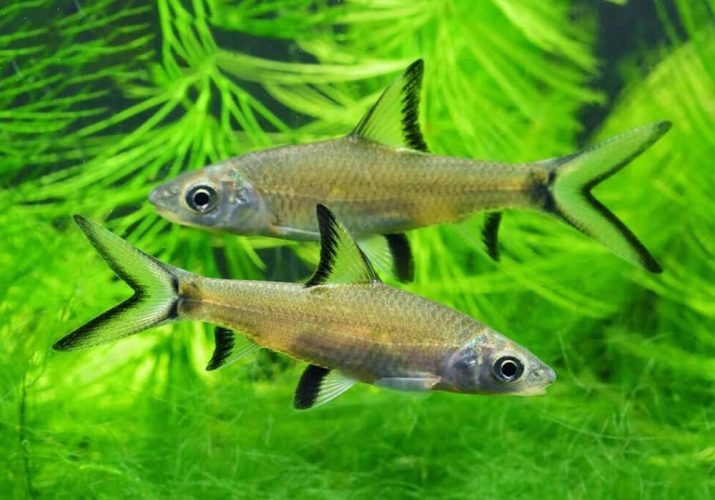
Aquarists reviews
Today, most aquarium owners claim that keeping sharks is quite interesting for a ball. After going through the adaptation period, these fish will start to rush around the aquarium merrily, and you can watch their games for hours. Barbus owners claim that pets eat any offered food, do not differ in aggressiveness, do not attack other fish. Many people like the beautiful play of scales, which can be observed in both natural and artificial lighting. In addition, the average price of a barbus is only 300 rubles, and it is available in almost every pet store.
However, there are also aquarists who have found it difficult to keep aquarium sharks. Fish grow quickly, they need a lot of space, large aquariums. It is difficult to reproduce individuals, as well as to distinguish from each other. And also some buyers said that barbs are susceptible to poisoning, hypoxia and obesity.
But here we can only recommend improving the supply of oxygen to the aquarium, replacing the water on time and, of course, not feeding the fish in huge portions. These simple tips will help protect small domestic sharks from illness and death.
For the content of the fish, see the next video.








